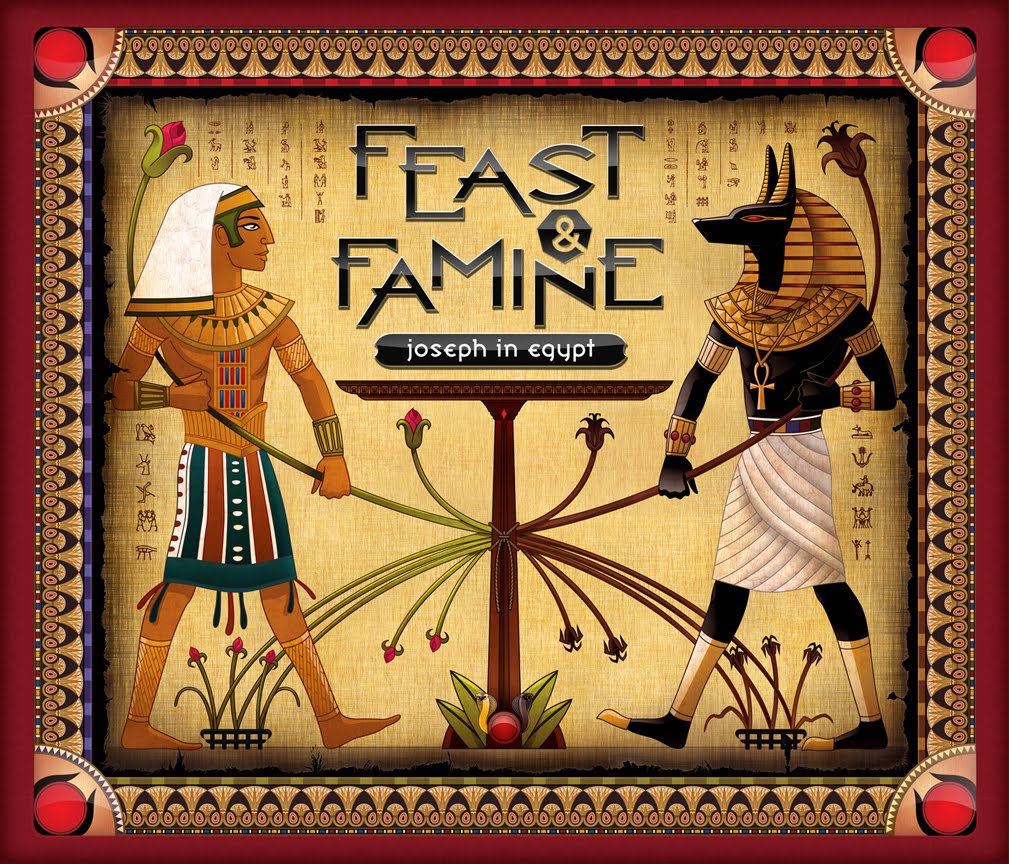“3,000-year-old beehives unearthed in Israel” is the top story listed over at Digg.com at the moment. Interesting. There is now archaeological evidence that an advanced beekeeping industry was in place in the ancient Holy Land. While the Bible mentions honey, many have assumed that it was “honey” made from figs and dates, not from honeybees. There is no mention of a beekeeping industry in the Bible. But now we know that advanced honeybee cultivation was taking place in Bible lands at least 3000 years ago. This may have some minor interest for Book of Mormon students, since Ether 2 refers to the Jaredites bringing swarms of honey bees with them during their travels in the Old World. This latest find may increase the plausibility of the account in Ether of ancient Old World travelers having access to honeybee cultivation technology.
Interestingly, the anti-Mormon buzz on the topic of bees seems exclusively focused on the alleged anachronism of honey bees being unknown in the Americas before Columbus. As a reminder, the Book of Mormon does not state that the Jaredites brought honey bees to the New World, and the list of items taken to the New World in Ether 6:4 does not include the honey bees they had used during at least part of their Old World journeys. Some anti-Mormon sites seem to think that the alleged absence of honey bees in the Americas before Columbus is slam-dunk evidence against the Book of Mormon, but that argument is truly without sting – just like the stingless honeybees that the Mayans and other Native Americans knew and used before the coming of Columbus (different species than the Old World bees we rely on for honey now).
Here is an excerpt from the CNN story on the recent find:
JERUSALEM (AP) — Archaeologists digging in northern Israel have discovered evidence of a 3,000-year-old beekeeping industry, including remnants of ancient honeycombs, beeswax and what they believe are the oldest intact beehives ever found.
The findings in the ruins of the city of Rehov this summer include 30 intact hives dating to around 900 B.C., archaeologist Amihai Mazar of Jerusalem’s Hebrew University told The Associated Press. He said it offers unique evidence that an advanced honey industry existed in the Holy Land at the time of the Bible.
Beekeeping was widely practiced in the ancient world, where honey was used for medicinal and religious purposes as well as for food, and beeswax was used to make molds for metal and to create surfaces to write on. While bees and beekeeping are depicted in ancient artwork, nothing similar to the Rehov hives has been found before, Mazar said.
The beehives, made of straw and unbaked clay, have a hole at one end to allow the bees in and out and a lid on the other end to allow beekeepers access to the honeycombs inside. They were found in orderly rows, three high, in a room that could have accommodated around 100 hives, Mazar said.
The Bible repeatedly refers to Israel as a “land of milk and honey,” but that’s believed to refer to honey made from dates and figs — there is no mention of honeybee cultivation. But the new find shows that the Holy Land was home to a highly developed beekeeping industry nearly 3,000 years ago.
“You can tell that this was an organized industry, part of an organized economy, in an ultra-organized city,” Mazar said.











I don’t recall the bees thing ever causing much buzz from anti’s-maybe I’m wrong though. Jaredites would have been quite a bit before 3,000 years ago, but I guess it at least confirms that the practice is older than we thought.
The bees issue generally shows up on anti’s lists of anachronisms in the BoM that “prove” that the book is false.
Now, if we could find a persuasive argument for the horses and elephants that are on the same lists….
I thought we’d decided on tapirs and mammoths? Or was it llamas and giant sloths?
This is an interesting find, even if it has no direct connection to the Book of Mormon.
I didn’t think you could ride tapirs?
Also, how does “horse” translate to “tapirs”?
I suppose it’s possible that the word “horses” was translated from a word referring to a horse-like creature, but I’m inclined to think that the horses in the Book of Mormon were just horses, as we understand that word.
There are a couple of reasons for my opinion: One is that it’s consistent with late 19th Century scholarship concluding that there were too many horses in America to have all come from the imported stock. Another is that since Joseph Smith had no trouble coming up with words such as “Curelom” and “Cumom” in translating the Book of Mormon, he shouldn’t have had any trouble coming up with other words for “horse-like creature.”